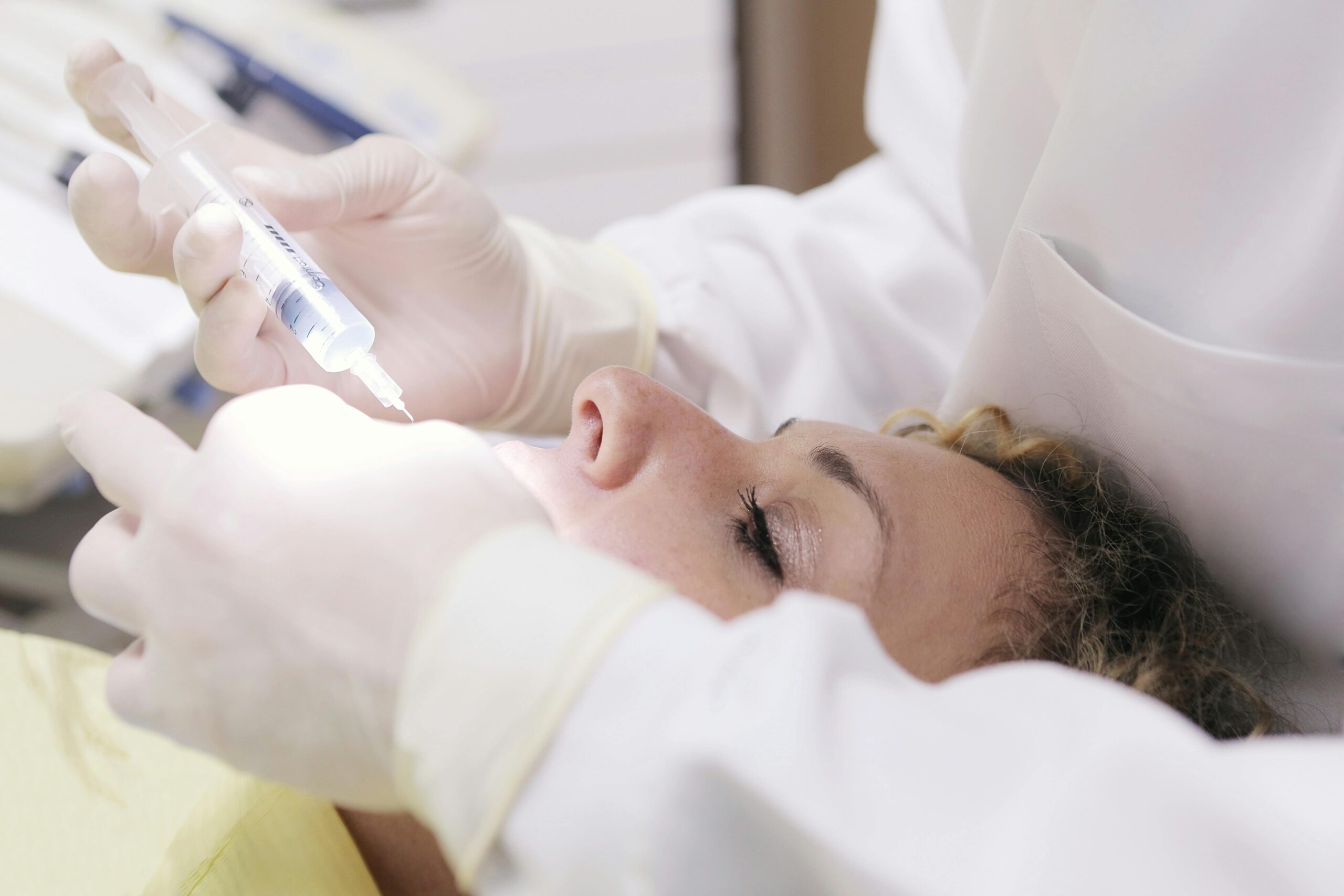
In recent years, dental professionals have expanded their toolkits to include treatments that go beyond traditional dental care. Dental Botox is one such innovative approach that has gained attention, particularly for its role in managing conditions like Temporomandibular Joint Disorder (TMJ) and bruxism. Unlike its cosmetic counterpart, dental Botox focuses on therapeutic benefits, offering a non-surgical option to ease muscle-related discomfort. For those grappling with persistent jaw tension and discomfort, this treatment represents a promising avenue to explore alongside conventional methods. Understanding what dental Botox entails, its applications and its considerations is key to appreciating the potential relief it can bring.
What is Dental Botox?
Dental Botox is a specialized use of botulinum toxin by dental professionals to treat various facial and oral conditions. It involves the injection of Botox into specific areas around the jaw and face to address issues caused by muscle hyperactivity. These injections help to relax the muscles, which can be beneficial in managing dental conditions that stem from muscle disorders. Dental Botox is distinct from cosmetic Botox in that its primary objective is therapeutic, aiming to provide relief from pain or discomfort rather than altering appearance. While commonly known for cosmetic purposes, in dentistry, Botox is deployed as a functional tool to improve patients’ quality of life.
What is Dental Botox Used For?
Dental Botox is primarily used to alleviate pain associated with Temporomandibular Joint Disorder (TMJ). TMJ can cause significant jaw tension, headaches, and facial pain, which Botox injections can help manage by relaxing the overactive muscles. Additionally, dental Botox may be used for conditions like bruxism, where patients clench or grind their teeth excessively, damaging them over time. It can also be used to correct a high lip line or adjust conditions like mouth ulcers. By addressing muscle tension and overactivity, dental Botox provides a non-invasive solution for managing the symptoms of these conditions.
How Does Dental Botox Treatment Work?
The treatment process involves a thorough assessment by a qualified dental professional to determine the suitability of Botox for the patient’s specific condition. Once deemed appropriate, Botox is injected into targeted facial or jaw muscles using a fine needle. The procedure is relatively quick and typically involves minimal discomfort, often likened to a slight pinch. The effects of the injection begin to manifest within a few days as the muscles gradually relax, providing relief from the symptoms. Depending on individual cases, follow-up sessions may be required to maintain the desired outcome and ensure long-term benefits.
Benefits of Dental Botox for TMJ
One of the main advantages of using dental Botox for TMJ is its ability to provide relief from chronic pain and discomfort associated with this condition. By relaxing the jaw muscles, Botox helps reduce the frequency and severity of muscle contractions that lead to pain. This relief can improve the overall quality of life, allowing individuals to perform daily activities without the distraction of pain. Additionally, it is a non-surgical option, making it less invasive compared to other more intrusive treatments available for TMJ. Patients often experience improvements in their ability to chew and speak comfortably, enhancing their daily experiences.
Considerations Before Getting Dental Botox
Before undergoing dental Botox treatment, it is important to have a comprehensive discussion with a dental professional, like those at Brandywine Dental Services Group, to understand its potential benefits and limitations. The procedure may not be suitable for everyone, and factors such as medical history, current health conditions, and the severity of symptoms all play a role in determining if Botox is the right choice. It is also essential to consider that the effects of Botox are temporary, meaning regular treatments may be required for sustained relief. Understanding potential side effects, such as mild swelling or bruising at the injection site, is also an important part of the decision-making process. Overall, informed and open communication with a qualified provider ensures a more personalized and effective treatment experience.
Dental Botox presents an innovative approach to managing conditions like TMJ and bruxism, offering a path toward relief for those suffering from persistent discomfort. With its non-surgical nature and efficient method of easing muscle tension, it serves as a practical option for those exploring ways to improve their quality of life. As with any treatment, it’s important to discuss with a knowledgeable dental professional to tailor the approach to your individual needs and circumstances. By choosing the right path, patients can enjoy more comfort in their everyday activities and embrace a lifestyle free from the burdens of pain.


